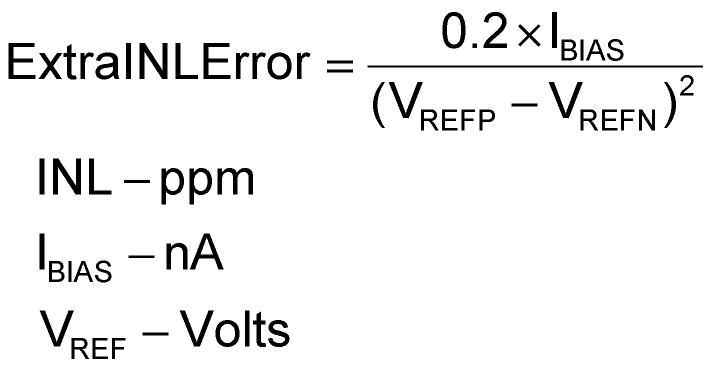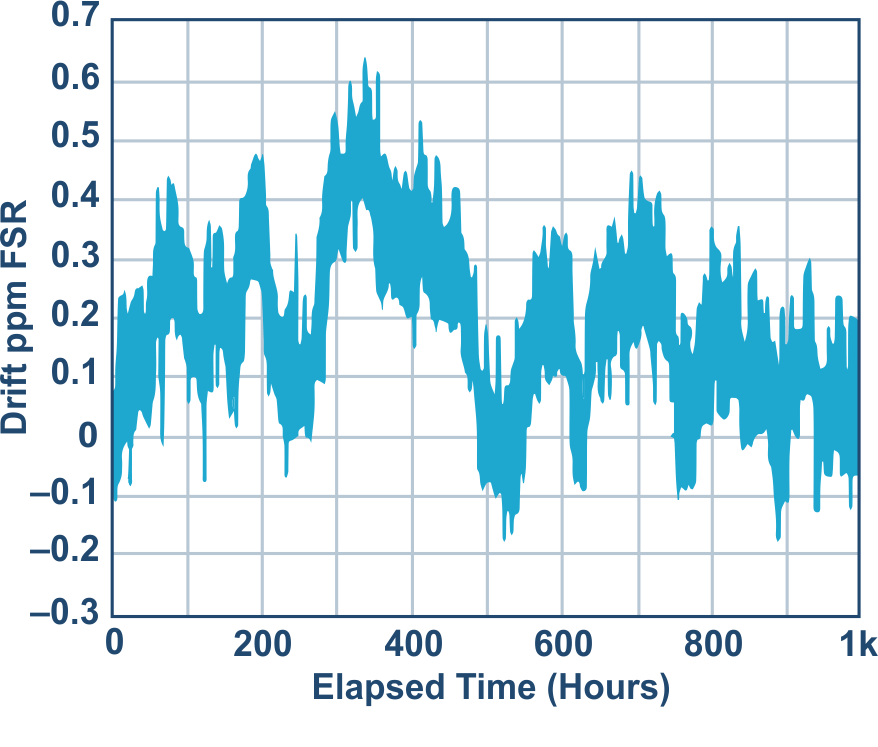Michael Lynch, Analog Devices
Analog Dialogue
Today in our Combo Circuit from the Lab series, we are showcasing an ultrahigh precision programmable voltage source using ADI/LTC products together. The AD5791 with the LTZ1000, ADA4077, and AD8675/AD8676 can be used to provide a programmable voltage source that achieves 1 ppm resolution with 1 ppm INL and better than 1 ppm FSR long-term drift (Figure 1). This powerful combination helps provide radiologists with the superior image clarity, resolution, and contrast they need, enabling them to see smaller anatomical structures. Just think of what this means when applied to an MRI (magnetic resonance imaging). Enhanced imagery of organs and soft tissues will allow medical professionals to more accurately detect heart problems, tumors, cysts, and abnormalities in various parts of the body. This is just one of many applications for this programmable voltage source.
 |
||
| Figure 1. | Programmable voltage source. | |
Other Applications that Require 1 ppm of Accuracy Are:
- Scientific, medical, and aerospace instrumentation
- Medical imaging systems
- Laser beam positioners
- Vibration systems
- Test and measurement
- ATE
- Mass spectrometry
- Source measure units (SMU)
- Data acquisition/analyzers
- Industrial automation
- Semiconductor manufacturing
- Process automation
- Power supply control
- Advanced robotics
For test and measurements systems, the 1 ppm resolution and accuracy improves overall test equipment accuracy and granularity, leading to finer control and excitation of external sources and nano-actuators. In industrial automation, the 1 ppm resolution and accuracy provide the precision that is required to move, alter, or position an actuator on the nanoscale.
AD5791
The AD5791 is a 20-bit, unbuffered voltage output digital to analog converter with 1 ppm relative accuracy (1 LSB INL) and 1 LSB DNL (guaranteed monotonic). It has an impressive 0.05 ppm/ °C temperature drift, 0.1 ppm p-p noise, and better than 1 ppm long-term stability. The AD5791 contains a precision R-2R architecture that exploits state-of-the-art, thin film resistor matching techniques (Figure 2). It operates from a bipolar supply up to 33 V, and it can be driven by a positive reference in the range of 5 V to VDD –2.5 V and a negative reference in the range of VSS +2.5 V to 0 V. The AD5791 uses a versatile 3-wire serial interface that operates at clock rates up to 35 MHz and that is compatible with standard SPI, QSPI™, MICROWIRE™, and DSP interface standards. The AD5791 is offered in a 20-lead TSSOP package.
 |
||
| Figure 2. | AD5791 DAC ladder structure. | |
LTZ1000
The LTZ1000 is an ultrastable temperature controllable reference. It provides 7.2 V output with an impressive 1.2 µV p-p of noise, long-term stability of 2 µV/√kHr, and temperature drifts of 0.05 ppm/ °C. The part contains a buried Zener reference, a heater resistor for temperature stabilization, and a temperature sensing transistor (Figure 3). External components are used to set operating currents and to temperature stabilize the reference – this allows for maximum flexibility and the best long-term stability and noise.
 |
||
| Figure 3. | LTZ1000 simplified schematic. | |
ADA4077
The ADA4077 is a high precision, low noise operational amplifier with a combination of extremely low offset voltage and very low input bias currents. Unlike JFET amplifiers, the low bias and offset currents are relatively insensitive to ambient temperatures, even up to 125 °C. Outputs are stable with capacitive loads of more than 1000 pF with no external compensation.
AD8675/AD8676
The AD8675/AD8676 are precision, rail-to-rail operational amplifiers with ultralow offset, drift, and voltage noise combined with very low input bias currents over the full operating temperature range.
Some Circuit Considerations
Noise
Low frequency noise must be kept to a minimum to avoid impact on the dc performance of the circuit. In the 0.1 Hz to 10 Hz bandwidth, the AD5791 generates about 0.6 μV p-p noise, each ADA4077 will generate 0.25 μV p-p noise, the AD8675 will generate 0.1 μV p-p noise, and the LTZ1000 generates 1.2 µV p-p noise. Resistor values were chosen to ensure that their Johnson noise will not significantly add to the total noise level.
AD5791 Reference Buffer Configuration
The reference buffers used to drive the REFP and REFN pins of the AD5791 must be configured in unity gain. Any extra currents flowing through a gain setting resistor into the reference sense pins will degrade the accuracy of the DAC.
AD5791 INL Sensitivity
The AD5791 INL performance is marginally sensitive to the input bias current of the amplifiers used as reference buffers. For this reason, amplifiers with low input bias currents were chosen.

Temperature Drift
To maintain a low temperature drift coefficient for the entire system, the individual components chosen must have low temperature drift. The AD5791 has a TC of 0.05 ppm FSR/ °C, the LTZ1000 offers a TC of 0.05 ppm/ °C, and the ADA4077 and the AD8675 contribute 0.005 ppm FSR/ °C and 0.01 ppm FSR/ °C, respectively.
Long-Term Drift
Long-term drift is another important parameter that can cause significant accuracy limitations in systems. Long-term stability for the AD5791 is typically better than 0.1 ppm/1000 hours at 125 °C. Long-term stability on the order of 1 µV per month can be achieved with the LTZ1000 (Figure 4).
 |
||
| Figure 4. | Long-term stability of a typical device from time = 0 with no preconditioning or aging. |
|
Lab Results
INL error was measured at ambient temperature in the lab by varying the input code to the AD5791 from zero-scale to full-scale with a code step of 5 (Figure 5). The voltage at the output of the output buffer (AD8675) was recorded at each code using an 8.5 digit DVM. The results were well within the ±1 LSB specification.
 |
||
| Figure 5. | INL error of the high precision voltage source at ambient temperature. |
|
Noise
The noise measured at mid-scale was 1.1 µV p-p and the noise measured at full scale was 3.7 µV p-p (Figure 6). The noise contribution from each voltage reference path is attenuated by the DAC when mid-scale code is selected – hence the lower noise figure for mid-scale code.
 |
||
| Figure 6. | Voltage noise in 0.1 Hz to 10 Hz bandwidth. | |
Long-Term Drift
The system long-term drift was measured at 25 °C. The AD5791 was programmed to 5 V (¾ scale) and the output voltage was measured every 30 minutes over a period of 1000 hours (Figure 7). Drift values less than 1 ppm FSR were observed.
 |
||
| Figure 7. | VOUT drift (ppm FSR). | |
Conclusion
In addition to ease of use, the AD5791 offers a guaranteed 1 ppm accuracy. However, selecting the correct components and voltage reference is critical to capitalize on the precision specifications of the AD5791. The low noise, low temperature drift, low long-term drift, and high precision of the LTZ1000, ADA4077, AD8676, and the AD8675 improve the system precision, stability, and repeatability over temperature and time.
 |
||
| Figure 8. | EVAL-AD5791SDZ with LTZ1000 reference board. | |